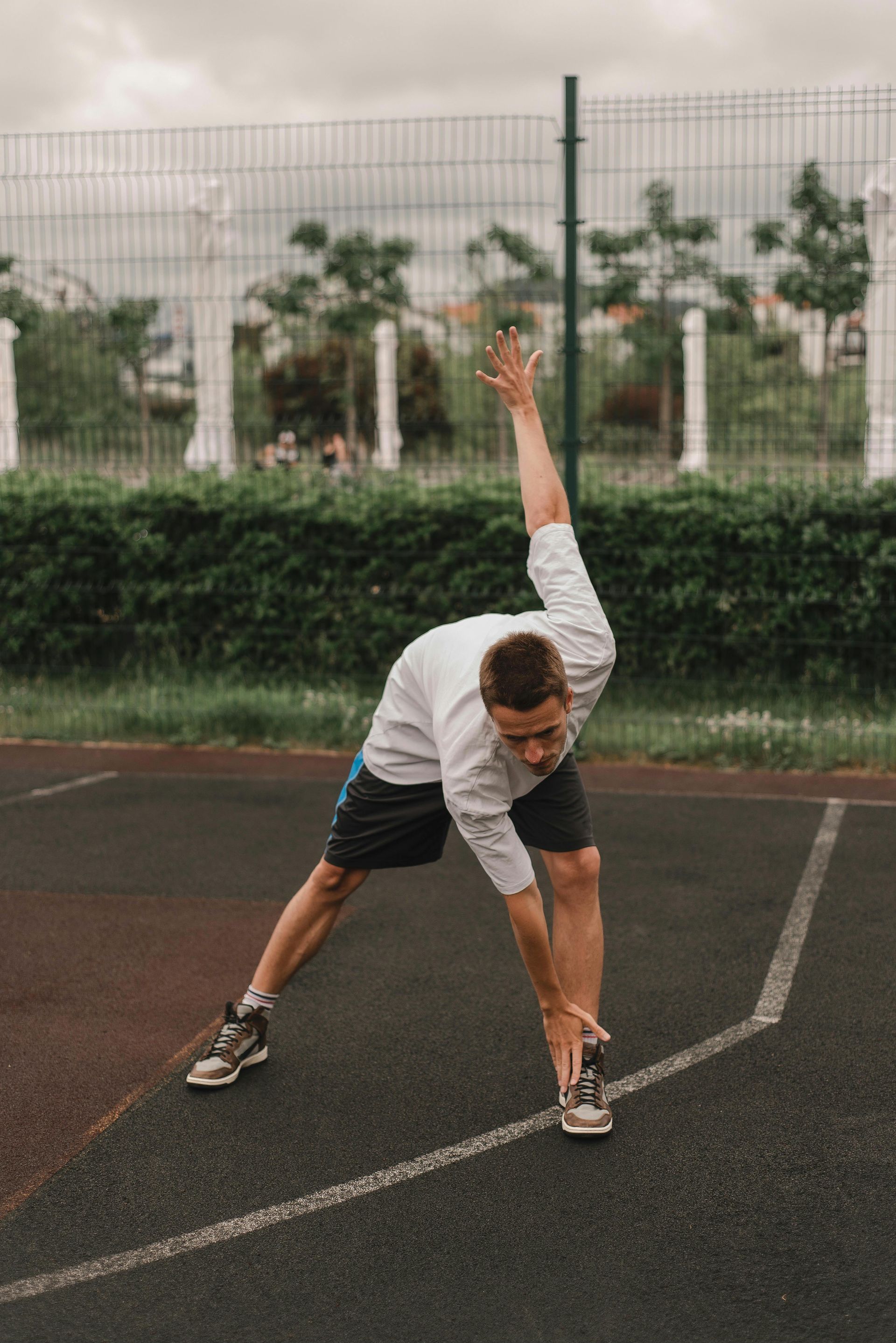Trap Bar Shrugs
Trap Bar Shrugs
Trap bar shrugs are an excellent exercise for targeting the trapezius muscles, which run along the upper part of your back and neck. Using a trap (hex) bar allows for a more natural grip and can reduce strain on the wrists compared to traditional barbell shrugs. Here's a step-by-step guide on how to perform trap bar shrugs:
Muscles Targeted:
- Primary: Trapezius (upper back)
Equipment Needed:
- Trap (hex) bar
Steps:
- Set Up:
- Place the trap bar on the ground and stand in the center of it with your feet hip-width apart. The handles of the trap bar should be on each side of you.
- Grip:
- Bend at your hips and knees to lower your body. Reach down and grab the handles of the trap bar with an overhand grip (palms facing your body).
- Posture:
- Keep your back straight, chest up, and shoulders pulled back. Engage your core to maintain stability.
- Lift the Bar:
- Stand up straight, lifting the trap bar by extending your hips and knees simultaneously. Your arms should be fully extended, and the bar should hang directly in front of you.
- Shrug Movement:
- Lift your shoulders straight up toward your ears in a shrugging motion. Focus on contracting the trapezius muscles at the top of the movement.
- Squeeze at the Top:
- At the top of the shrug, squeeze your trapezius muscles for a brief moment to maximize the contraction.
- Lowering Phase:
- Lower your shoulders back down in a controlled manner, allowing the trap bar to descend. Avoid letting the weight slam down.
- Repetition:
- Perform the desired number of repetitions. Focus on a smooth and controlled motion.
- Finishing:
- Once you've completed the set, carefully lower the trap bar to the ground.
Tips:
- Choose an appropriate weight that challenges you but allows you to maintain proper form.
- Keep your movements controlled and avoid using momentum to lift the trap bar.
- Focus on lifting your shoulders straight up, avoiding any forward or backward movement.
- Keep your neck in a neutral position to avoid unnecessary strain.
As with any exercise, if you have any pre-existing conditions or concerns, it's advisable to consult with a fitness professional or healthcare provider before incorporating new movements into your workout routine.
Contact Us
Contact Us
Thank you for contacting us.
We will get back to you as soon as possible
We will get back to you as soon as possible
Oops, there was an error sending your message.
Please try again later
Please try again later




